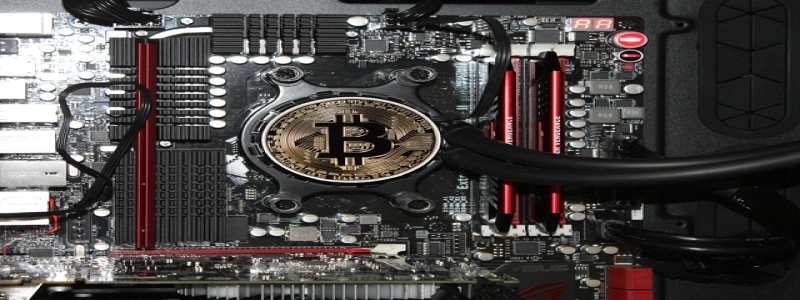RF Variable Attenuator
I. Introduction
A. Definition and Purpose
i. RF Variable Attenuator – refers to a device used to adjust the signal strength of a radio frequency (RF) signal.
ii. The purpose of the attenuator is to control the power level of the RF signal to achieve the desired level for better signal reception or transmission.
B. Importance and Applications
i. RF variable attenuators are crucial components in various RF systems, including wireless communication systems, radar systems, and satellite communication systems.
ii. These devices are used to reduce signal amplitude to prevent overloading or to compensate for fluctuations in signal levels due to transmission distance or interference.
II. Main Components of an RF Variable Attenuator
A. Input and Output Ports
i. The input port connects to the RF signal source, while the output port is connected to the RF load or another part of the RF system.
B. Attenuation Control Mechanism
i. This is the core component of the attenuator that allows the user to adjust the signal strength.
ii. Various technological mechanisms can be used, such as rotary dials, switches, or electronic control circuits.
C. Attenuation Range and Accuracy
i. The attenuation range refers to the maximum adjustment range of the attenuator.
ii. The accuracy refers to how precisely the attenuator can provide the desired attenuation level.
III. Types of RF Variable Attenuators
A. Step Attenuators
i. These attenuators offer a discrete set of fixed attenuation levels.
ii. Designed with a series of switched attenuators, each providing a different fixed attenuation level.
iii. The user can select the desired level by activating the corresponding switch.
B. Continuously Variable Attenuators
i. These attenuators provide a continuous range of attenuation levels.
ii. Achieved through the use of analog control circuits or electronic voltage-controlled attenuators.
iii. Allows users to finely adjust the signal strength within the specified range.
IV. Factors to Consider When Choosing an RF Variable Attenuator
A. Frequency Range
i. The frequency range the attenuator can handle without significant loss or distortion.
B. Power Handling Capacity
i. The maximum power level the attenuator can tolerate without malfunctioning or damaging the RF system.
C. Insertion Loss
i. The amount of signal power lost when the RF signal passes through the attenuator.
D. Return Loss
i. The reflection of signal power back into the source due to impedance mismatches.
E. Attenuation Range and Step Size
i. The desired range and granularity of attenuation levels that the attenuator can provide.
F. Size, Weight, and Cost
i. Practical considerations such as the physical dimensions, weight, and cost of the attenuator.
V. Conclusion
In summary, an RF variable attenuator is an essential component in RF systems, enabling control over signal strength. Different types of attenuators are available, offering discrete or continuous attenuation levels. When selecting an attenuator, factors such as frequency range, power handling capacity, insertion loss, return loss, attenuation range, step size, size, weight, and cost should be considered. By choosing the appropriate RF variable attenuator, the desired signal levels can be achieved, ensuring optimal performance of the RF system.






